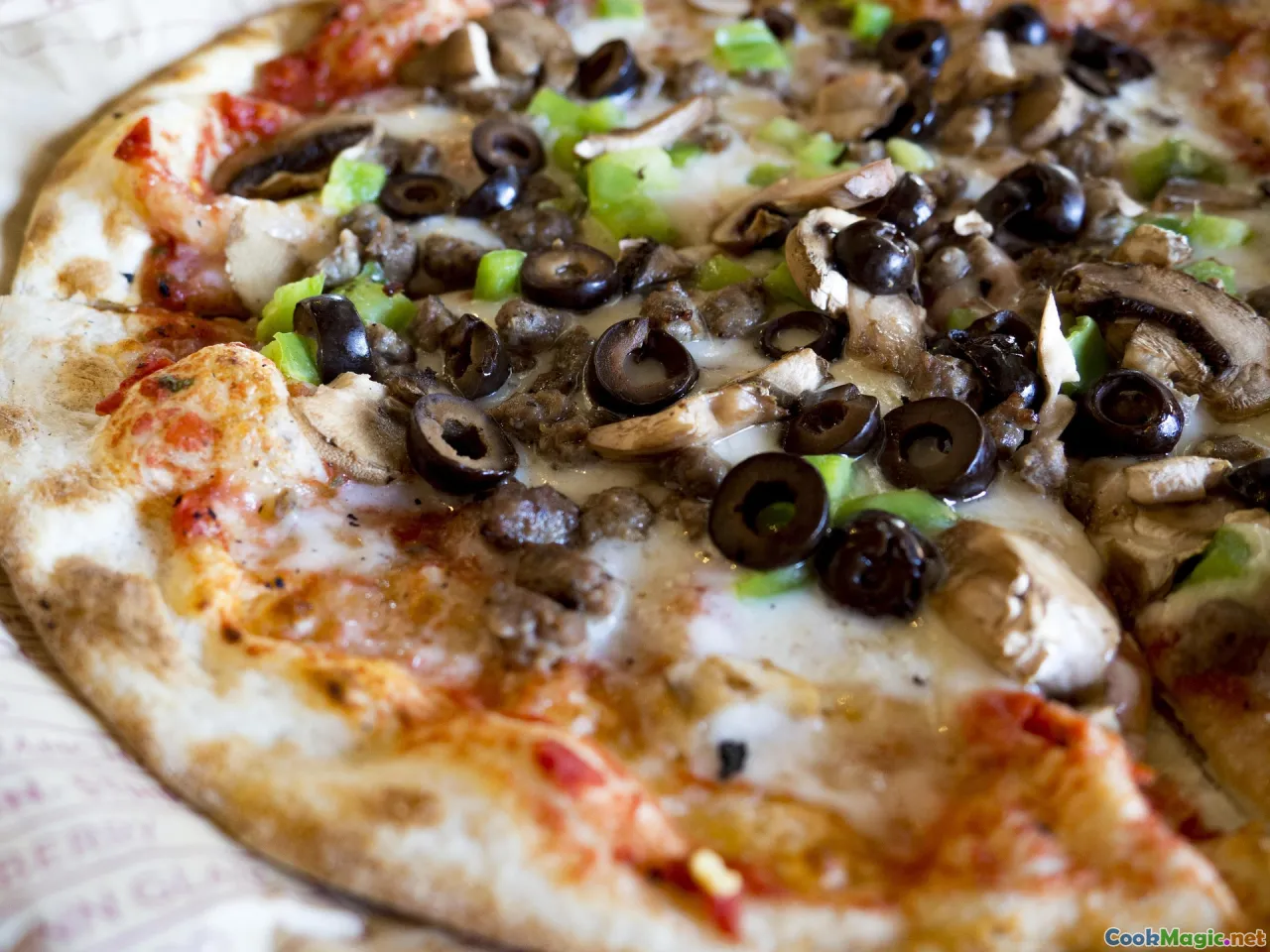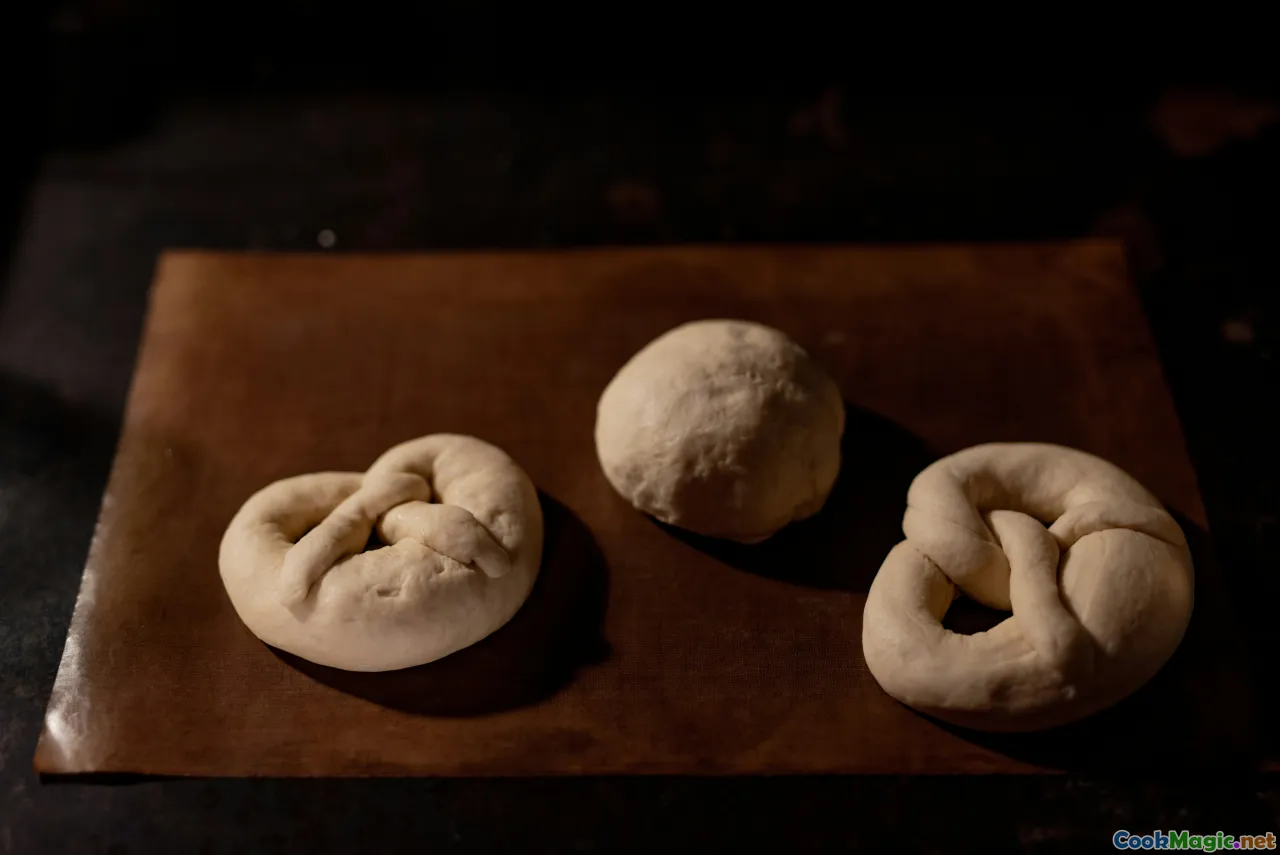The Importance of Fried Bakes in Guyanese Breakfasts
10 min read Exploring how fried bakes are a vital, flavorful staple of Guyanese morning meals and their cultural significance. July 27, 2025 21:05
The Sweet, Savory Symphony of Guyanese Fried Bakes

Imagine waking up in Georgetown, as the sun slowly peeks over the Atlantic horizon, casting golden hues across the bustling streets. The air is filled with familiar morning scents—jasmine from nearby gardens, brewing coffee, and somewhere, sizzling excitement. Nothing captures this vibrant sensory tapestry quite like the humble yet quintessential fried bake — a golden, fluffy solace served hot from the skillet. For Guyanese families, this isn’t just breakfast; it’s a daily ritual, a comfort, a symbol of home.
Fried bakes in Guyana are more than mere food items—they are woven into the cultural fabric, carrying stories, memories, and shared traditions across generations. Their airy, doughy exterior with a tender, slightly chewy center, crisped to perfection and infused with a subtle hint of salt, represents the hearty resilience and vibrant spirit of Guyanese cuisine.
A Dive into the Cultural Significance of Fried Bakes

In Guyana, breakfast is an affair soaked in community and comfort. Fried bakes are more than just a morning meal; they are symbolic of togetherness, resilience, and the chefs’ artistry passed down through family lines. Traditionally, women—mothers, grandmothers—would knead the dough with love and patience, often whispering a blessing or a prayer for a prosperous day.
Historically, Guyana’s diverse cultural influences—African, Indian, Indigenous, European—spill into the myriad ways fried bakes are enjoyed. They serve as a unifying element in the morning routine, pairing with everything from saltfish to cheese and sometimes sugar. The simplicity of fried bakes, their versatility, and their wholesome nature make them the backbone of local breakfasts—a true testament to the resourcefulness of the Caribbean kitchen.
Mastering the Traditional Guyanese Fried Bake

Creating the perfect fried bake entails understanding its foundational ingredients and process. Here’s a closer look at how to master this beloved snack.
Ingredients
- 2 cups all-purpose flour
- 1 teaspoon salt
- 1 teaspoon sugar (optional, for a slight sweetness)
- 1 teaspoon baking powder
- 2 tablespoons butter or margarine
- About ¾ cup warm water
- Vegetable oil for frying
The Process
- Mix the dry ingredients: Combine flour, salt, sugar (if using), and baking powder in a large bowl.
- Incorporate fat: Rub in the butter or margarine until the mixture resembles coarse crumbs.
- Add water: Gradually pour warm water, mixing until a soft dough forms. Knead lightly until smooth.
- Rest and shape: Cover with a damp cloth and let rest for 15 minutes. Then, divide into balls and flatten into discs about ½ inch thick.
- Deep-fry: Heat oil until hot—about 350°F (175°C). Fry the bakes until they puff up and turn a rich gold, usually 2-3 minutes per side.
- Drain and serve: Place on paper towels to remove excess oil and serve hot.
Mastering this technique yields bakes that are perfectly fluffed inside with a crisp, crackling crust—irresistibly addictive!
Traditional and Popular Accompaniments

Fried bakes shine best when paired with classic Guyanese accompaniments, creating a harmonious breakfast palette.
Saltfish (Salted Cod)
This is perhaps the most iconic Guyanese pairing. Flaked, seasoned, and sautéed with onions, peppers, and herbs, saltfish adds a hearty depth to the soft bakes. The saltiness contrasts beautifully with the mild sweetness of the dough.
Cheese
A sprinkle of grated cheese—cheddar or local cheeses—melts into the hot baked surface, melting slightly, golden, and gooey, transforming a simple fry into a decadent treat.
Stewed Fruits and Sugar
Some prefer their bakes sweet—topped with a smear of butter, honey, or streusel-style toppings. In coastal communities, a dash of honey or condensed milk over hot bakes is a morning joy.
Pepper Sauce or Hot Pepper Chutney
A splash of fiery pepper sauce or a tangy chutney provides a spicy kick, awakening the senses and balancing the richness.
Variations and Creative Twists

While the classic version holds a special place, innovative chefs and home cooks experiment with flavors.
Stuffed Bakes
In some regions, the bakes are split open and filled with curried potatoes, seasoned meats, or vegetables—then refried or baked again. This makes for a portable, hearty meal.
Sweet Bakes
Adding a pinch of nutmeg or cinnamon to the dough transforms them into dessert-like bites. Pair with sweet toppings like coconut, jam, or fresh fruit.
Global Fusion
Some chefs incorporate herbs like cilantro or incorporate flavors from other cuisines—think curry spices, cheesy fillings, or even bacon—to create modern Guyanese fusion snacks.
Fried Bakes in Guyanese Street Food and Celebrations

In bustling markets and street corners across Guyana, hot, freshly fried bakes are a staple. Vendors serve stacks of these golden morsels, often wrapped in parchment, alongside boiled eggs, fried plantains, and cold drinks—creating a sensory carnival.
During cultural festivals, religious celebrations, and family gatherings, fried bakes become communal symbols. Vendors at Independence Day parades or CARIFESTA displays fry up large quantities, their fatty, crispy edges beckoning passing crowds who savor each mouthful with gulps of local sorrel or ginger beer.
The act of making and sharing fried bakes encapsulates the communal spirit—immediate, warm, and unpretentious—and cements their place as an irreplaceable part of Guyana’s culinary identity.
Personal Reflections and Cultural Reverence

Growing up in Guyana, I vividly remember mornings filled with the aroma of frying bakes. Our kitchen was a humble space where every step—the measuring, kneading, and frying—was imbued with love. The crunch of the crust, the fluffy insides, and the way the hot oil kisses the dough, releasing that inviting aroma—these memories evoke a deep sense of nostalgia. Today, recreating these bakes is a meaningful act, connecting me to ancestors, tradition, and community.
In many ways, fried bakes symbolize the resilience and adaptability of Guyanese culture. They embody a spirit of resourcefulness—transforming simple ingredients into comfort and celebration.
Celebrating the Art of Frying
Facilitating mastery over fried bakes involves patience, attention to frying temperature, and a love for the craft. Whether it’s a family recipe passed down through generations or a chef’s creative twist, each bakie tells a story.
By understanding their cultural significance, perfecting the technique, and appreciating their role in daily life and festivities, culinary enthusiasts can truly honor this iconic Guyanese dish. Fried bakes are not just a breakfast item—they are a morning hymn to community, history, and home.
Let the aroma of hot, crispy bakes remind us of the unifying, soulful spirit of Guyanese culinary legacy—served with pride, eaten with love, cherished forever.









